Menu
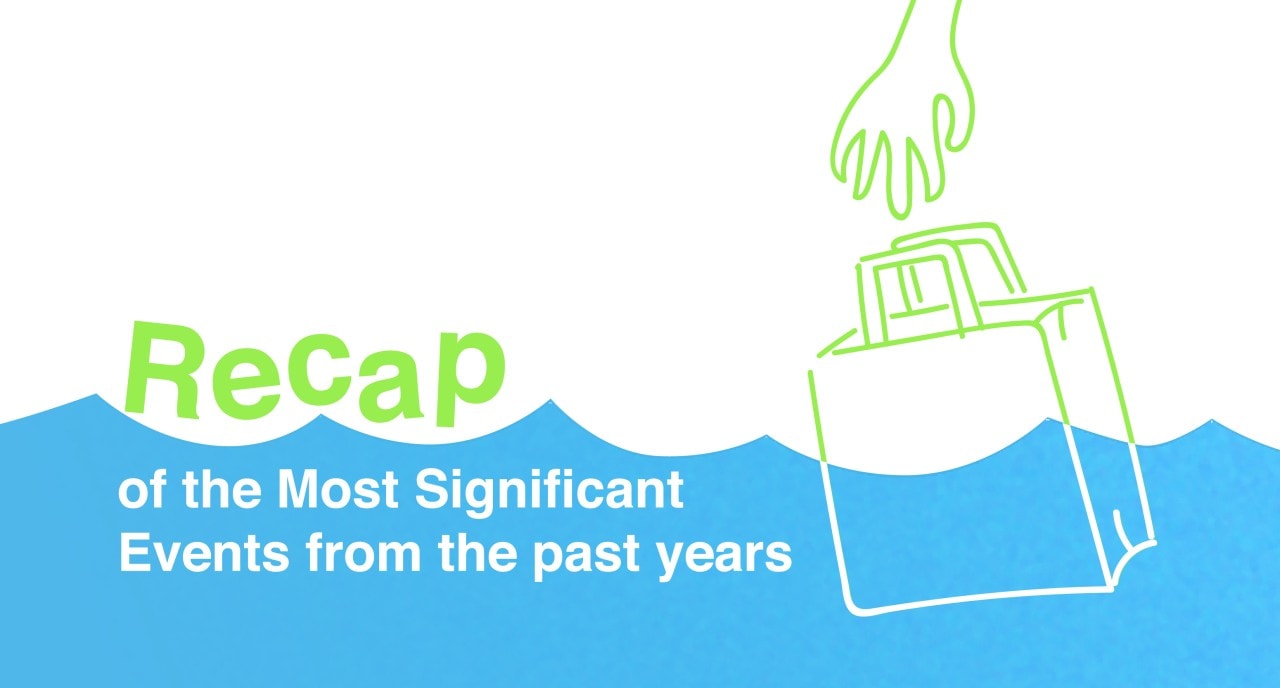
Journey to Sustainable Packaging Future: a short Recap of the Most Significant Events from the past years
We just entered into a new decade with the most challenging period in the packaging industry in front of us. Customers worldwide are demanding changes, brands are making promises by setting their sustainability goals and governments worldwide promising to help make this radical transformation possible.
But this whole momentum we have today did not happen overnight, getting attention to the problems that are around us took many years. No matter whether you are a brand trying to go hand in hand with latest changes or a designer who wants to be a part of this transformation – here is a brief list of most important events that took place and shaped this momentum which we have today.
2015-2017: Rising Awareness
United Nations Member States adopted the Sustainable Development Goals (SDGs) in 2015.
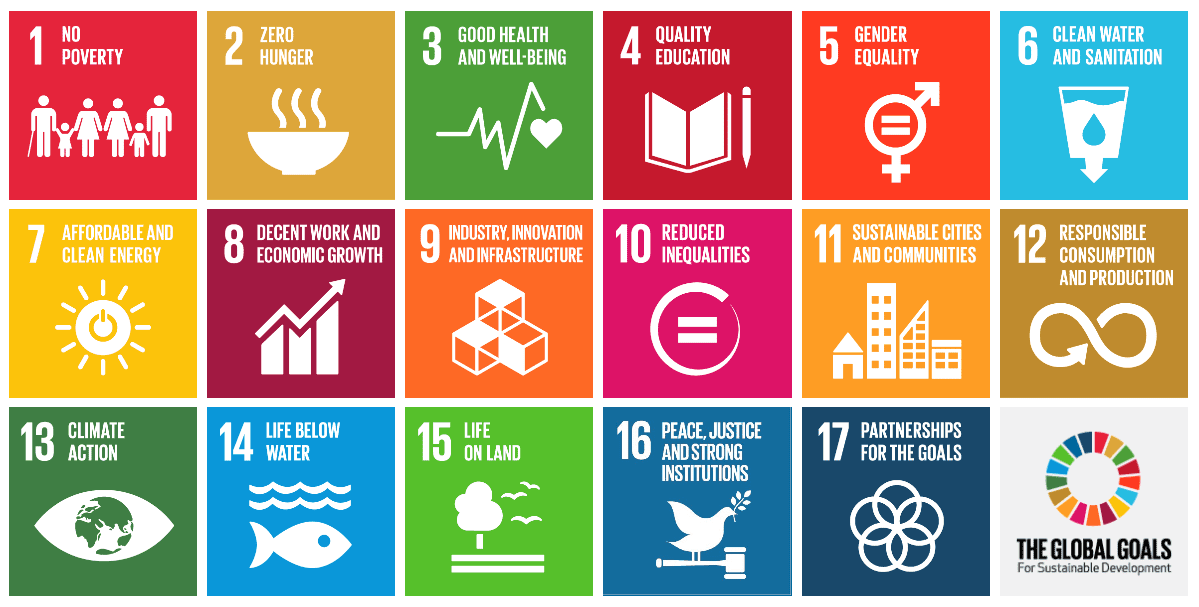
These are 17 global objectives for 2030 constructed to be a “blueprint to achieve a better and more sustainable future for all”. Apart from the fact that these goals raise public awareness about sustainability in general, they are really important for the packaging industry players as well. Link to learn more: sustainabledevelopment.un.org
These four goals are especially relevant for the packaging industry, brands and designers:
- Goal 11: Sustainable Cities and Communities
- Goal 12: Responsible Consumption and Production Goal
- Goal 14: Life Below Water
- Goal 17: Partnerships for the Goals
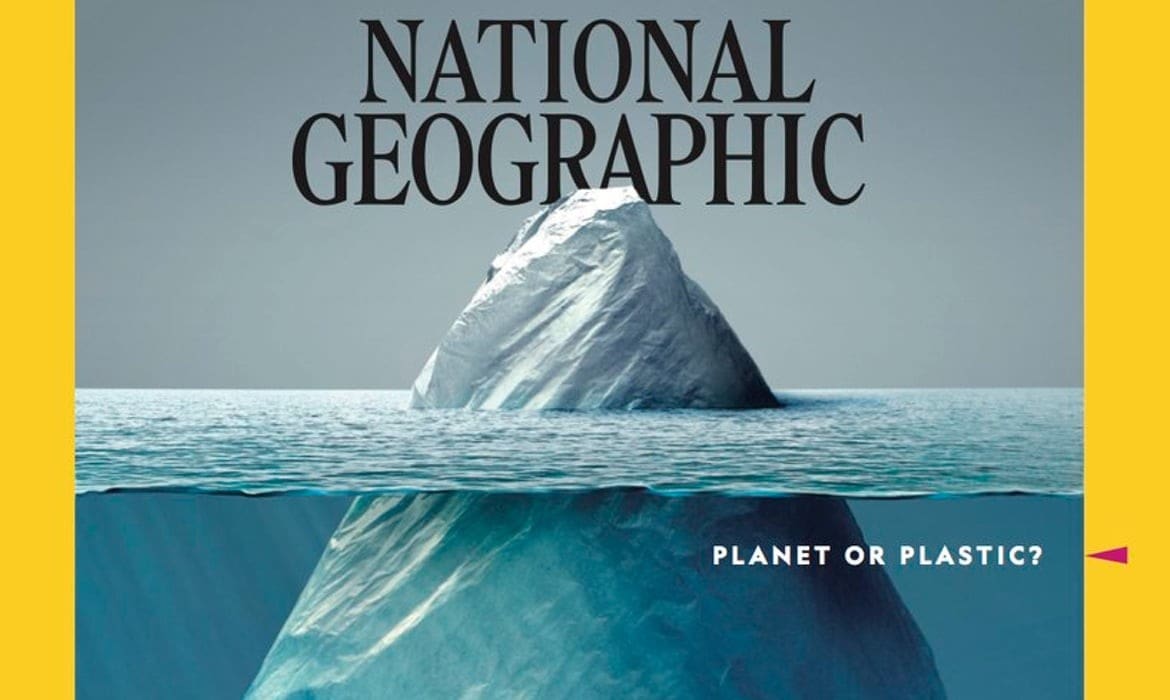
In 2017 documentary Blue Planet II by BCC had been credited with raising awareness of marine pollution both domestically and internationally, having a tremendous impact in the UK and massive popularity in China. The influence of this programme was so strong that it was even named a “Blue Planet effect”. Following year, National Geographic launched “Planet or Plastic?” campaign covering the problem of plastic pollution and inviting public, companies and academia to take action.
During the 2015-2018 period, the public’s attention to the single-use packaging problem increased dramatically. “8 million tonnes of plastic enter the ocean every year, and by 2050, there will be more plastic than fish in the world’s oceans”. Facts and prognosis like this shocked the public and people began to pressure brands to improve or eliminate packaging were possible, to give more options to the consumers and start to create solutions instead of excuses. These changes in people’s attitude gave governments more confidence to start to discuss these problematic topics more actively.
Link to the documentary website: bbcearth.com/blueplanet2
Link to “Planet or Plastic?” campaign: nationalgeographic.com/environment/planetorplastic
Global Waste Crisis
China banned almost all waste import with a new policy implemented on January 1 2018, and that crashed the world’s recycling system. Ban covered import of 24 kinds (now even more) different materials. Plastic waste saw a sudden drop of 99% previously imported waste, being the most outlawed type to import.
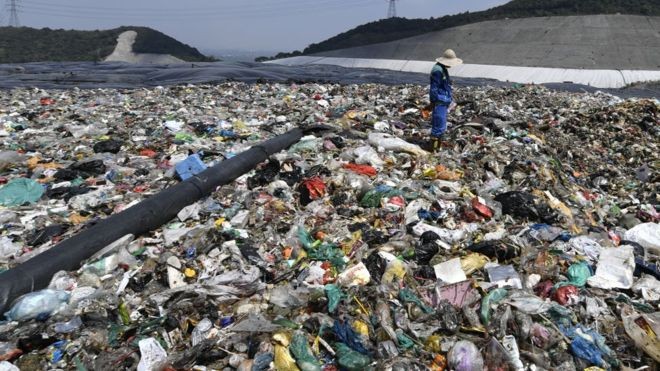
“8 of 10 rivers most polluting oceans with plastics are in Asia” these and other facts which shaped perception to think that Western countries already are a way ahead in sustainable development. But recent global waste management crisis is shifting this perception. China has been the world’s waste destination for a few decades, as the country was importing large quantities of waste to have cheap raw materials for global manufacturing. For wealthy countries to send their waste to Asia was cheaper than to recycle it at home, but now times have changed. The ban’s objective for China is to promote the circular economy, develop a better waste recycling system at home and improve citizens’ health.
Since the implementation of new policies on waste import to China, the waste crisis has shifted to other countries in Southeast Asia, causing enormous damage there because these new places cannot recycle all of the waste being imported. However, these countries are following China’s example limiting waste imports and returning unrecyclable waste to exporting countries.
This whole situation pressured developed countries to rethink their consumption, dependency on single-use items and their waste management systems. Governments worldwide understand that they need to cut the production of waste in general and introduce new agendas on companies and the public. Consumers demand brands to take full responsibility for their products, from design to disposal.
A Line in the Sand
At the end of 2018, Ellen MacArthur Foundation launched The Global Commitment as well called “A line in the sand” with almost 300 worlds’ biggest packaging brands committing to make all plastic packaging better.
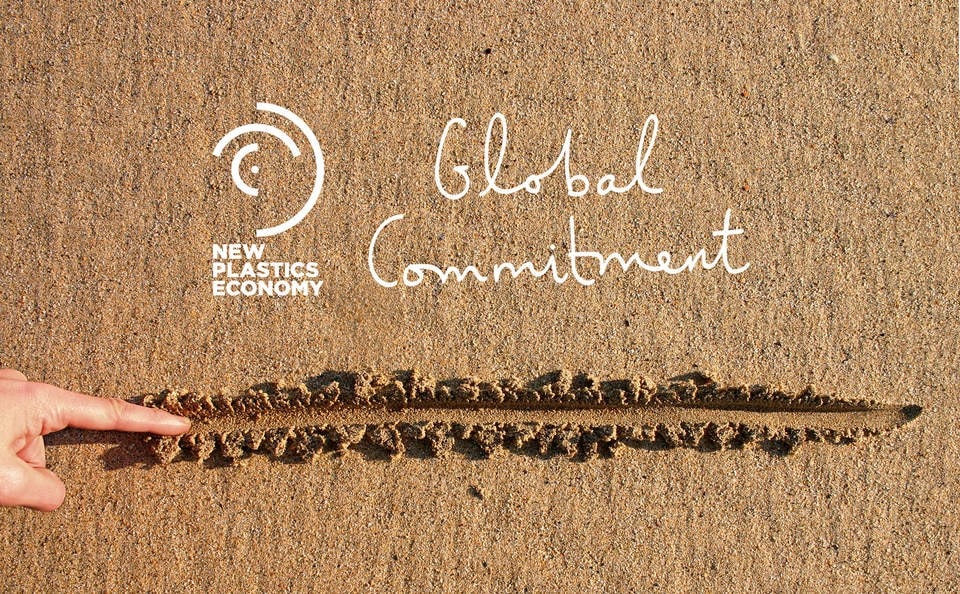
Signatories included largest brand owners as Nestlé, H&M Group, L’Oreal, Unilever and Coca-Cola, retailers such as Carrefour, Target and Walmart, biggest plastic packaging producers, waste management companies, public sector representatives and academic community.
According to their mission statement targets include:
• Eliminate problematic or unnecessary plastic packaging and move from single-use to reuse packaging models
• Innovate to ensure 100% of plastic packaging can be easily and safely reused, recycled, or composted by 2025
• Circulate the plastic produced, by significantly increasing the amounts of plastics reused or recycled and made into new packaging or products
Those brands who want to “draw a line in the sand” committed to report their progress every year and take even more ambitious targets over time. After one year, the first progress report was published. You can find more about it here: www.ellenmacarthurfoundation.org/news/first-annual-new-plastics-economy-global-commitment-progress-report-published
Link to the original commitment: newplasticseconomy.org/projects/global-commitment
War on Plastic
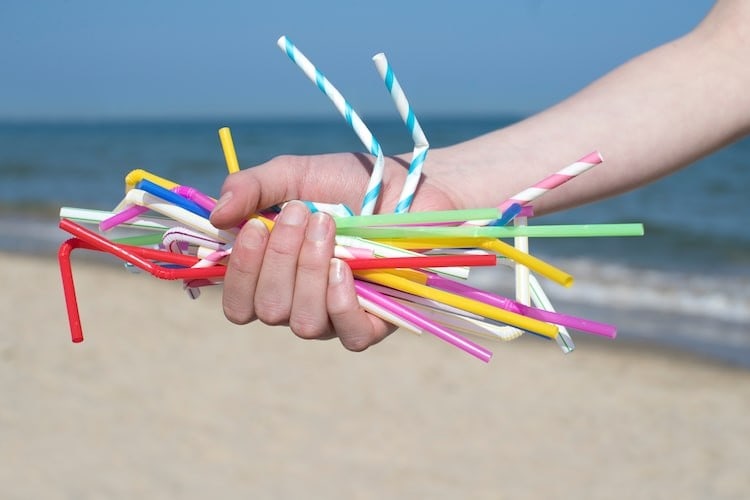
More than 100 governments have already implemented regulations and restrictions on single-use plastics. As of January 1 2020, around 100 countries were already on the way of phasing out single-use lightweight plastic bags. Some of these governments are curbing the sales, others imposing taxes on bags and some countries as Kenya even will punish anyone manufacturing, selling or importing plastic bags with huge fines or even jail sentences.
Probably the most discussed step to curb marine pollution happened last year when the European Parliament voted for a complete ban on a range of single-use plastics such as cutlery and plates, straws and cotton buds. This measure should go into effect by 2021.
The EU Single-Use Plastics Directive has many targets, including reduction of food packaging, stricter product design rules and goals regarding plastic collection and recycling rates. The most ambitious goal is to make sure that all plastic packaging is reusable or recyclable by 2030.
Preparing for the new decade
Just because packaging related problems has gotten public attention in recent years, it is not a time to rest. This is a big step, but it does not mean anything itself. Everyone made a lot of sweet promises, declared their goals and committed to solving problems. Now we need action, and it is going to be a long journey to come.
As we seen from highlighted stories, we still have many things to fix, beginning with our attitude how we design, re/use and dispose (or even refuse) things. This decade could be the one which will define the next hundreds of years to come. (Or even more, having in mind that some plastics need more time than that to decompose)
In my opinion, these were the events and stories which have spread far beyond our packaging community or groups of dedicated climate activists. Please share your own inspiring events and movements that happened during recent years and let’s begin the new decade with a broad knowledge and strong motivation to change the world for the better.